The Greek salad recipe—known as "Horiatiki" in Greek, meaning "village salad"—is a traditional Greek dish bursting with Mediterranean flavors. Made with fresh vegetables, authentic Greek feta cheese, and extra virgin olive oil, this authentic Greek salad is simple yet incredibly delicious.

-

Preparation time
00:20
-

Serves
4
-

Cuisine
Greek
Traditional Greek Salad Ingredients
To prepare an authentic Greek salad, you’ll need the freshest traditional Greek salad ingredients:
- 2 large tomatoes (or cherry tomatoes)
- 2 cucumbers, sliced
- 1 green bell pepper, thinly sliced
- 1 red onion, thinly sliced
- A dozen kalamata olives
- 1 tbsp capers (optional, but recommended)
- A pinch of dried oregano
- 200g Greek feta cheese (preferably barrel-aged)
- Extra virgin olive oil (best from Koroneiki olives)
- Sea salt to taste

How to Make a Traditional Greek Salad
- Chop the vegetables: Dice the tomatoes and cucumbers, slice the onion and bell pepper, and place them in a large bowl.
- Add the olives and capers for a briny kick.
- Top with feta cheese: Traditionally, the feta is placed on top in a large block rather than crumbled.
- Drizzle with olive oil—this is the heart of an authentic Greek salad!
- Sprinkle with dried oregano and a pinch of sea salt.
- Optional: Add a splash of red wine vinegar or lemon juice for extra tanginess.
Serve immediately with crusty bread or paximadia (Cretan barley rusks) to soak up the flavorful dressing.
Why This Authentic Greek Salad is So Special?
A true Greek salad recipe captures the essence of Greece: ripe summer vegetables, creamy feta, and aromatic oregano, all brought together by the finest Greek extra virgin olive oil.
- Feta Cheese: Aged in wooden barrels, Greek feta has a rich, tangy flavor that makes this salad unique.
- Olive Oil: The best Greek olive oil comes from Koroneiki olives, offering a delicate yet herbaceous aroma.
- Fresh Ingredients: Using seasonal tomatoes and cucumbers ensures maximum flavor.
In Greek tradition, a Greek salad dressing isn’t overcomplicated—just a generous pour of high-quality olive oil to let the natural flavors shine.
💡 Tip: For a richer version, add paximadia (Greek barley rusks) and let them soak in the dressing for 5 minutes before serving.
What is a vegan substitute for feta in salad?
For those following a vegan diet or living with dairy intolerance, skipping the feta doesn't mean giving up the authentic flavor of a Greek Salad. Today, there are 100% plant-based alternatives that closely replicate the creamy texture and savory punch of Greece’s iconic cheese.
Among the top picks, we recommend the Plant Based White Cheese in Brine 200g and the larger 4kg format, both by Evlogimeno. Made with coconut oil, plant proteins, and natural flavors, these products retain a rich, slightly salty taste and creamy consistency—perfect for pairing with tomatoes, cucumbers, olives, and red onion. The result? An inclusive, authentic, and delicious Greek salad experience.
👉 Plant-Based White Cheese in Brine - 200g
👉 Plant-Based White Cheese in Brine - 4kg

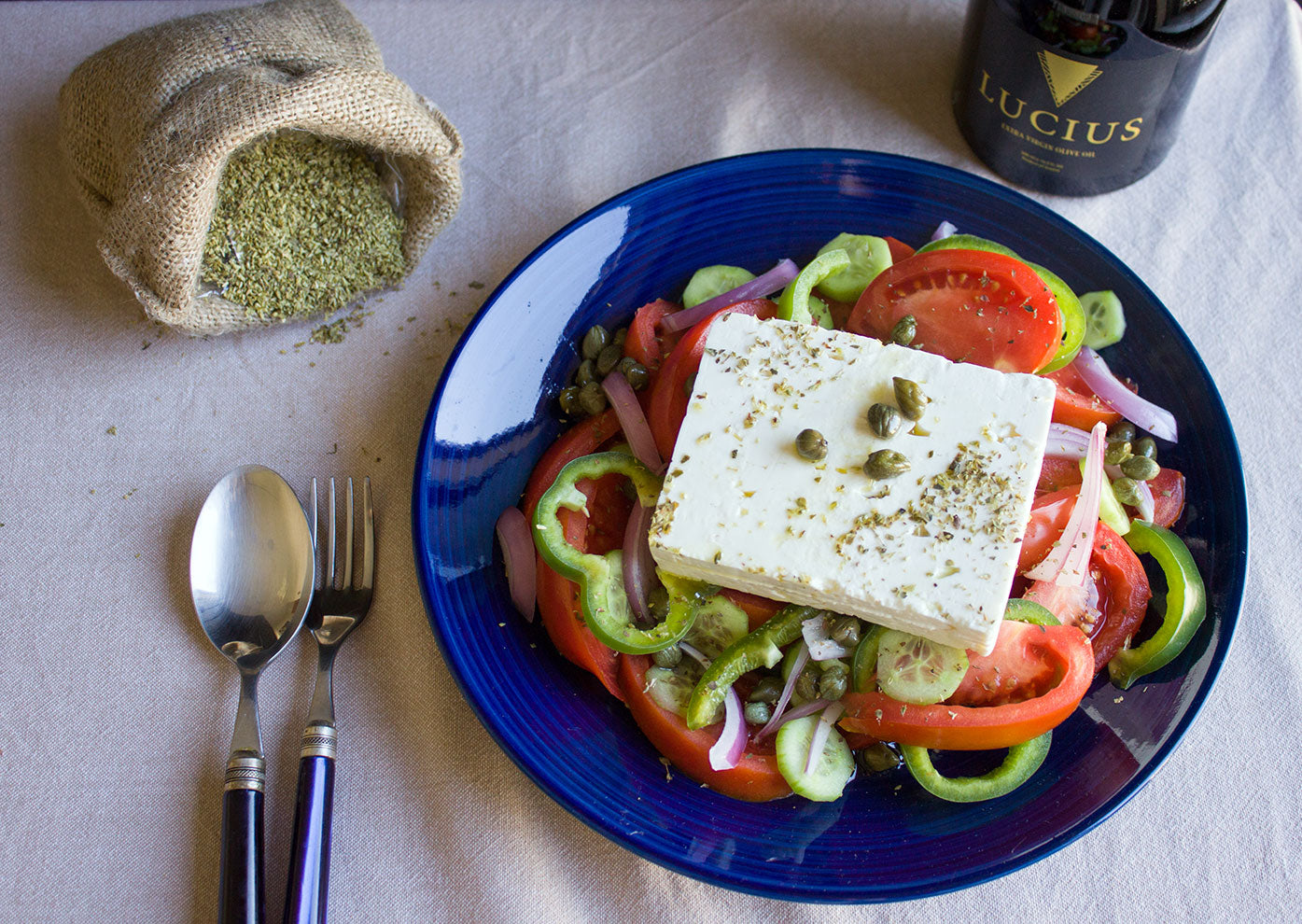

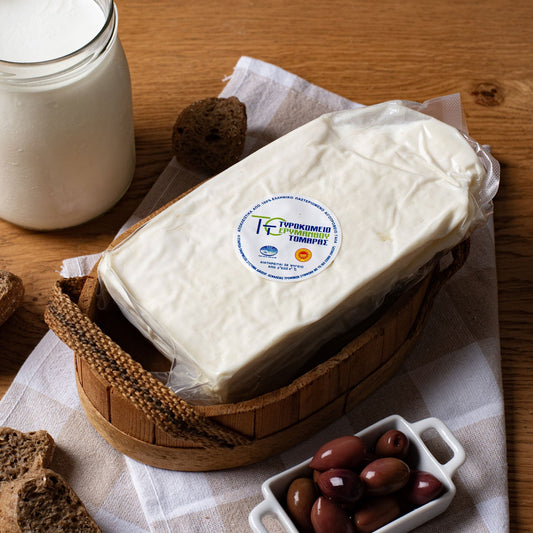


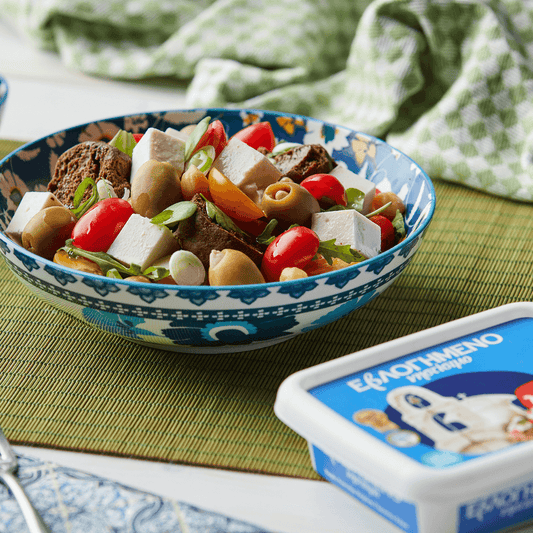

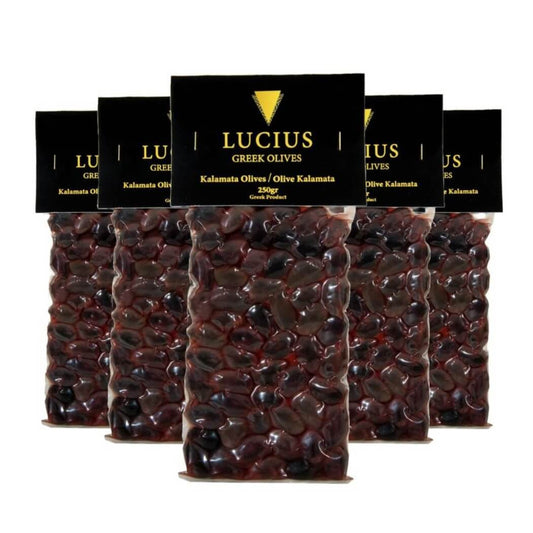

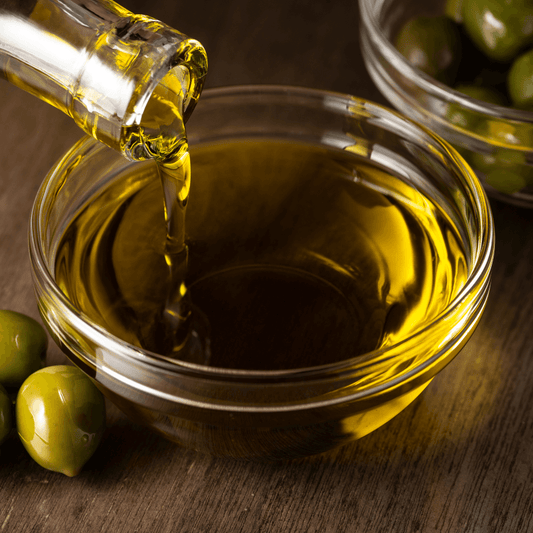










2 comments
Merci pour cette belle recette.
J aimerais l,imprimer ainsi que les autres,comment faire?merci.
Gisèle amoureuse de la Crête.
Bonjour. Pas de citron ni de vinaigre ?
Juste les câpres pour une touche acidulée,